Mazda 254i Le Mans Discovered After 35-year Absence

While Mazda’s most famous rotary-powered racer is undoubtedly the 787B Group C prototype that won the 24 Hours of Le Mans in 1991, the company spent years fielding the RX-7 in every motorsport event it could qualify for.
Back when the 787 was little more than a twinkle in Nigel Stroud’s eye, Mazda already had RX-based cars running the world’s oldest endurance race. Among these vehicles was the 254i, which served as the culmination of Mazda’s efforts in Le Mans up until 1982 (and was the final RX-7 to run the event). While it didn’t win, it proved that Japan could compete and served as a jumping-off point for the company’s more successful Group C cars.
Unfortunately, it’s customary for race vehicles that don’t manage to take home a trophy to become lost in the sands of time. The two 254i race cars Mazda built were no different — or so it seemed, until the last surviving example resurfaced.
According to Japanese Nostalgic Cars, the No. 83 car has been located and is currently in the process of being restored by PowerCraft in Japan. Following a DNF in Le Mans, it went on to compete in the 6 Hours of Fuji (called Fuji 1000 KM at the time) before disappearing. Then, after 35 years of nothing, the car was discovered in the western prefecture of Okayama in 2018.
From Japanese Nostalgic Cars:
It was confirmed by Tachimoto-san, the chief mechanic at Mazdaspeed at the time of the 254i, to be the No. 83 car due to its brake system and rear suspension. He also confirmed that cash-strapped Mazdaspeed at the time simply reused a predecessor 253i chassis with new bodywork to create this car.
Isami Amemiya, head of Japan’s most famous Mazda tuning house, took a bullet train to Okayama to see the car in person. He accompanied it as it was loaded onto a flatbed and shipped to PowerCraft, a specialty shop in Gotemba, Shizuoka that specializes in composites. There, the bodywork will be restored, while Amemiya will build the car’s 13B rotary engine.
Though it ran just a dual-rotor 13B, output was estimated at about 300PS (296 horsepower), with the car weighing approximately 2,125 pounds at the time. Underneath the aero work, one can still see the stock RX-7 doors.
After examining the vehicle, it was discovered that the car had a more robust career than initially presumed. Traces of gold and pink paint confirmed that the vehicle did time as the No. 38 JUN car that continued running the All Japan Sports Prototype Championship. Unfortunately, its sister car, the No. 82 that placed 14th at Le Mans, was destroyed during a crash at Fuji Speedway during this same period. That left the surviving 254i as the only Group 5 Mazda still kicking and an important piece of the company’s history.
[Images: PowerCraft]

A staunch consumer advocate tracking industry trends and regulation. Before joining TTAC, Matt spent a decade working for marketing and research firms based in NYC. Clients included several of the world’s largest automakers, global tire brands, and aftermarket part suppliers. Dissatisfied with the corporate world and resentful of having to wear suits everyday, he pivoted to writing about cars. Since then, that man has become an ardent supporter of the right-to-repair movement, been interviewed on the auto industry by national radio broadcasts, driven more rental cars than anyone ever should, participated in amateur rallying events, and received the requisite minimum training as sanctioned by the SCCA. Handy with a wrench, Matt grew up surrounded by Detroit auto workers and managed to get a pizza delivery job before he was legally eligible. He later found himself driving box trucks through Manhattan, guaranteeing future sympathy for actual truckers. He continues to conduct research pertaining to the automotive sector as an independent contractor and has since moved back to his native Michigan, closer to where the cars are born. A contrarian, Matt claims to prefer understeer — stating that front and all-wheel drive vehicles cater best to his driving style.
More by Matt Posky
Latest Car Reviews
Read moreLatest Product Reviews
Read moreRecent Comments
- Cprescott No big loss. It was always third rate when there was competition. At best its only good point was its price point.
- ToolGuy Journalists saving the world again. LOL.
- Stars9texashockey The Lyriq is selling better because it's discounted now. l think Lincoln does a much better job of styling their SUV's than Cadillac (except for Navigator vs. Escalade,) but they don't sell.However, Cadillac continues to offer sedans where Lincoln doesn't.
- SCE to AUX At this point, I don't know who the target customer is for Cadillac. I have zero interest.
- Cprescott Cadihack styling is stale - the interiors have not been luxurious, and the V-Series should be the base models in order to make waves. Until this company ditches the putrid and hideous pre-dented look of Arts and Scientology (!), the company is going nowhere.



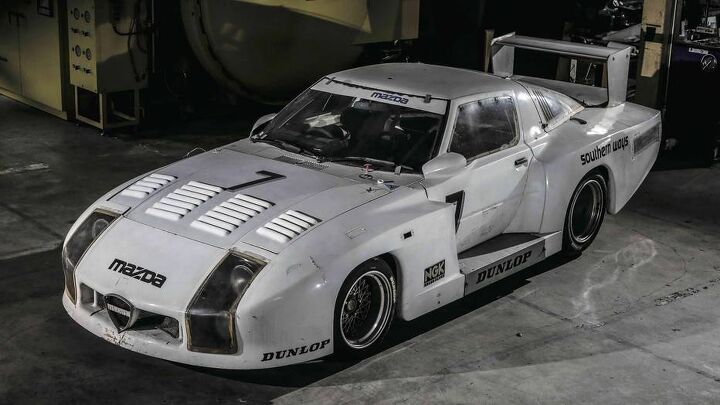
















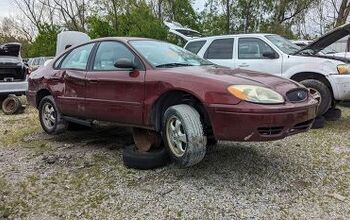
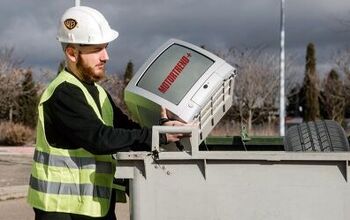
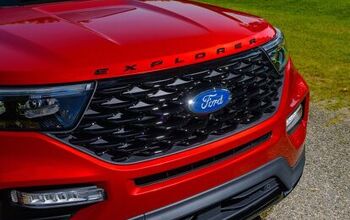
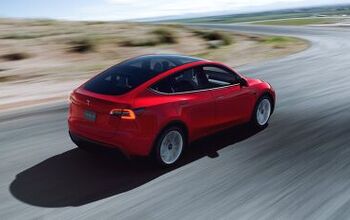

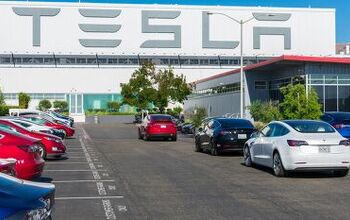
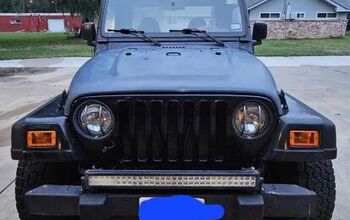
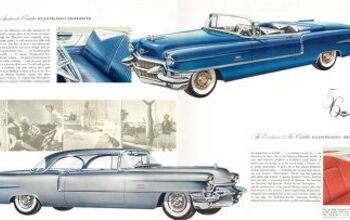
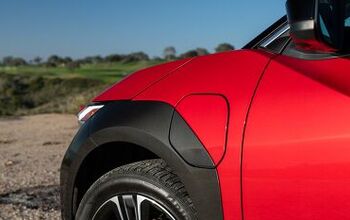
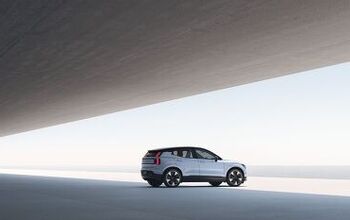

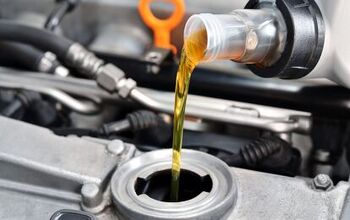
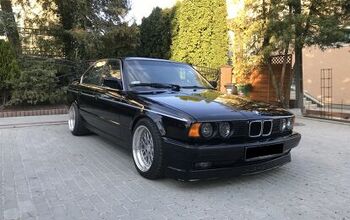


Comments
Join the conversation
Everyone knows about the 787B, but this one didn't get a lot of press at the time. I'm glad to see it's been found and is being restored. I'm hoping they'll take it around the track after it's finished, and shoot a new video.
Ah yes, the Wankel rotary revolution. It combined the fuel economy of a V10 with the low end torque of a sewing machine, and added a dash of festering unreliability just for fun. Mazda learned a lot about pushing on ropes with this fine creation.